17/3/11
Lake Waikaremoana retains its beautiful bush fairly intact. I was out early to walk the Waikareiti Track. Kaka were fairly common and a number of Robins were seen and heard. Riflemen were abundant. Tui were seemingly absent (too high in altitude?). How about a mainland island here? It would surely be easier with a more intact wildlife.
Back at the coast lunch was eaten on the edge of the Wairoa RM. Pacific Golden Plovers, Bar-tailed Godwits and Banded Dotterels gave fairly distant views. These were welcome though as the next day or so would be spent in the fairly birdless East Cape area. Well the forests in the interior there probably have lots of birds in them, they are just so difficult to get into.
Another couple of notes are that Black-backed Magpies and Rooks extend at least to Wairoa – something I was surprised of, and I now know how a lobster feels after a short dip at the Morere Pools. Nice Nikau Palms there though, feeding plenty of New Zealand Pigeons.
18/3/11
After overnighting in a very reasonably-priced cabin with million dollar views at Tolaga Bay Camp Ground I was itching to explore the lagoon I had noticed behind it. Finally after failing to gain access via the beach due to mountains of driftwood I got to take a look at part of it from the camp and almost immediately flushed an Australasian Bittern. It was about the only bird of interest there – well it outshone the Caspian Tern and a few Pied Stilts.
A seemingly interminable drive followed, on the highway around the easternmost bit of NZ where birdless boredom was lightened by the huge Pohutukawa at Te Araroa and the intricately decorated Maori church at Tikitiki. We finally arrived at Ohiwa in the birds-a-plenty Bay of Plenty. Talk about from famine to feast! The Ohiwa Harbour has its own bird book – birding is so easy here, except the harbour is vast. Despite my sad scopeless state I managed views of lots of arctic and NZ waders at Ohiwa Spit and close to Tern Island. Nukuhou Saltmarsh and its boardwalk was next. Hmm, when I hear/read boardwalk I seem automatically to think great snaking structure allowing extensive access to wetlands. Thus I was worked up to great salivation by the entrance with its rocks covered with pleasing pottery pictorials of birds to come to be greeted with a boardwalk beaten in length by many short wharves I’ve seen. The Fernbirds were good to see though. I can’t imagine Banded Rail or Bittern would be easy to see from the boardwalk.
One place in New Zealand not to eat fish and chips is the Oyster Farm near Ohope – not because they aren’t tasty, but the uncountable number of Red-billed Gull beady eyes and eager beaks ready to rob you of your repast. Unfortunately the place was out of raw oysters, unless they are rationed in the area lest the local populace gets completely out of control.
19/3/11
The previous night I had hoped to visit the Ohope Scenic Reserve and its urban Kiwis – the feathery ones. However the weather was wind and rain so spent most of the time talking to a fellow Yorkshireman at the camp ground. A short trip in the daytime with local Jacqui Hughes gave me the low-down on this largest mainland Pohutukawa forest and its birds. Thanks Jacqui for your time at the weekend.
A flying visit to Maketu and Little Waihi at the wrong state of the tide was made in the afternoon. It was good to meet up with Tim Barnard after a good few years, and Loretta, who showed me around parts of this compact pair of estuaries, one on either side of a headland. Good numbers of Bar-tailed Godwits, many colouring up ready for heading north, and New Zealand Dotterels were on the flats, plus a handful of distant Spoonbills up near the Kaituna River end of the Maketu Estuary. Tim and Loretta donned wading gear at Little Waihi to search for the AGP in the wet and wild far corner of the estuary. Tim texted me later to say they succeeded in their search. I dipped out on both Sanderling and the AGP, unfortunately.
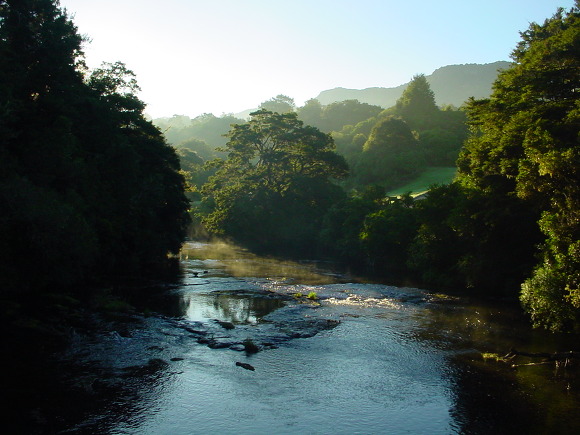
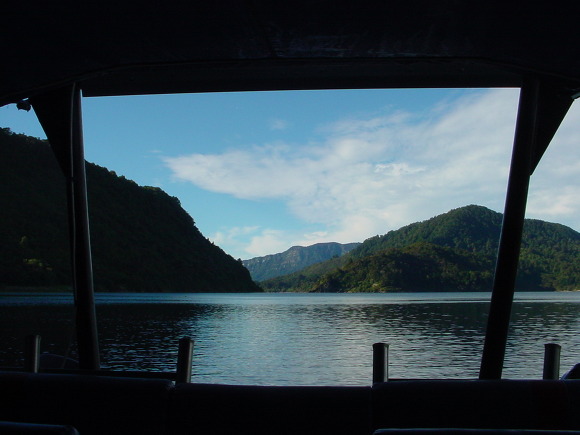
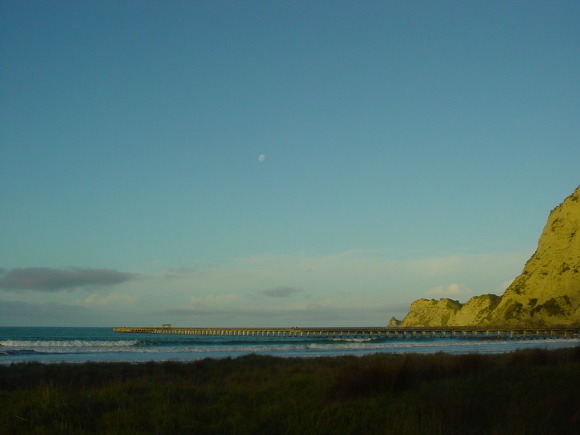
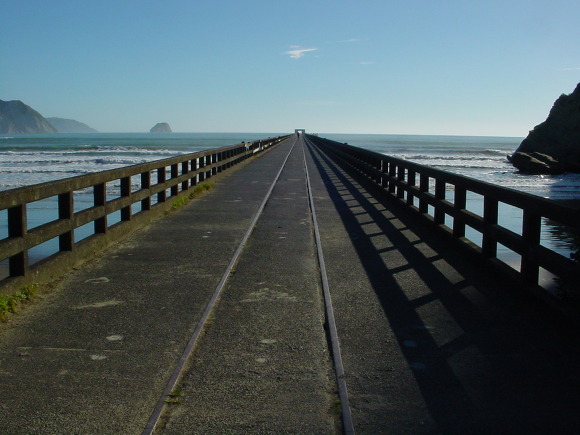
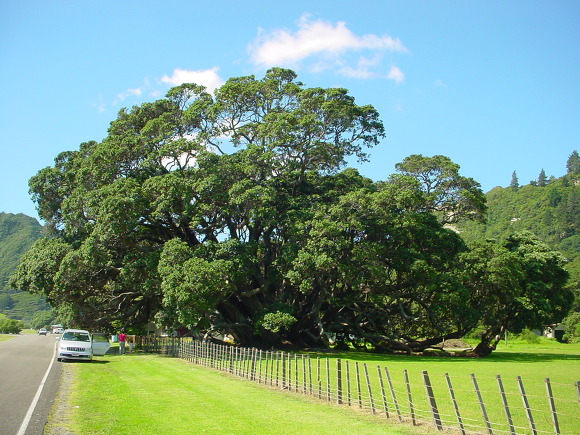
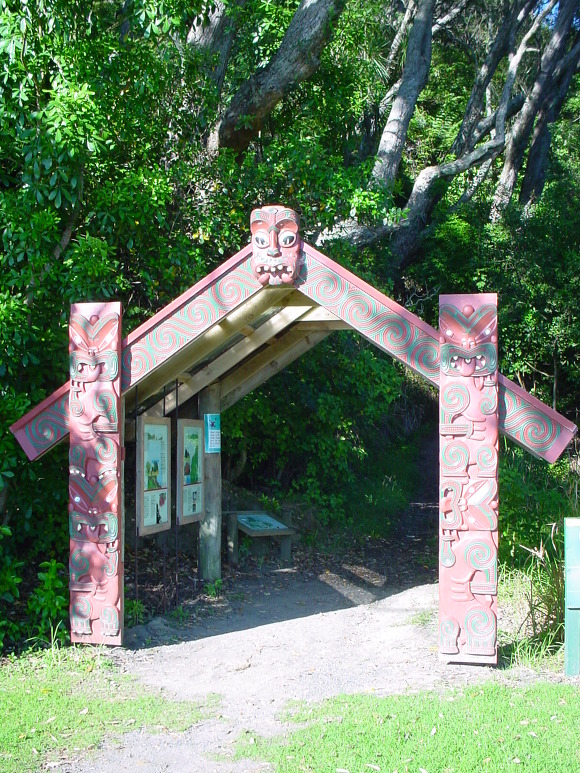
Nick Allen